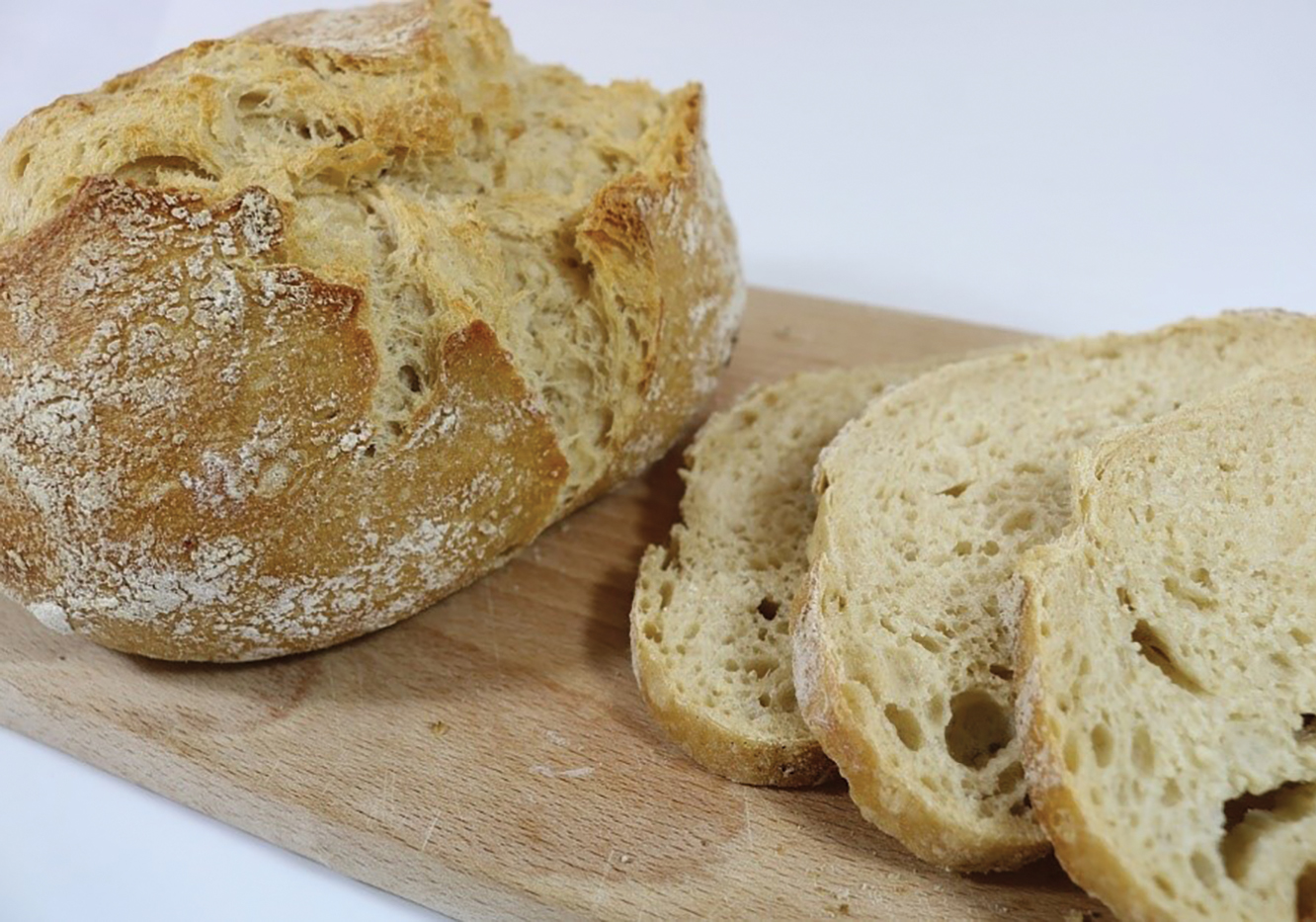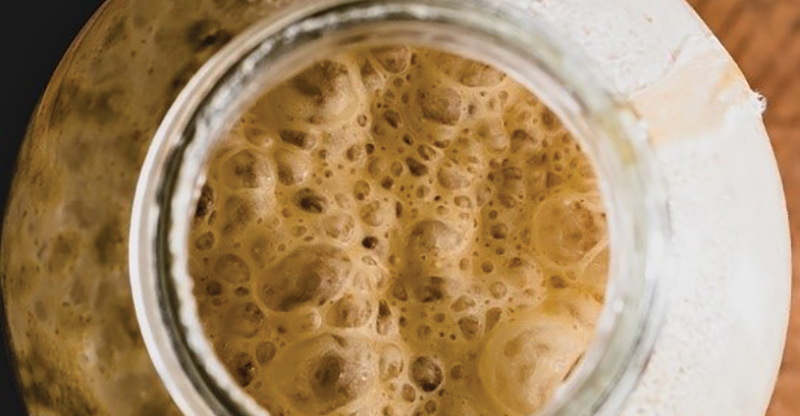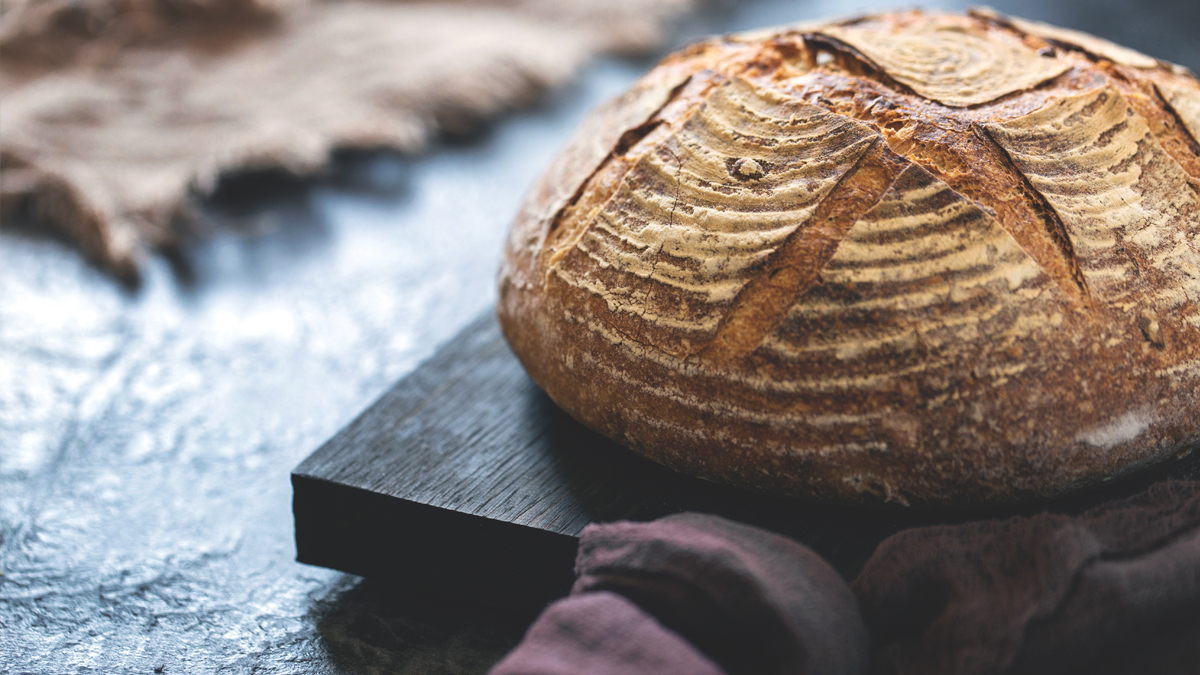Citizen Science
Sourdough Citizen Science
The winter months are a quintessential time of the year for baking, and the global citizen science project, Sourdough for Science, invites you to bake bread for science! Sourdough bread is unique in that it is made from a “starter,” which is composed of yeast and bacteria within a flour and water paste (see Figures 1 and 2). The Sourdough for Science Project involves creating a sourdough starter of your own, by mixing flour and water together. When you mix flour and water you are creating an environment that supports a community of organisms, including yeast and bacteria. Although humans have been baking bread for thousands of years, little is known about the microbial community that is associated with the rise of bread and its delicious taste. This project aims to solve multiple scientific questions surrounding microbe growth, diversity, and the overall role these organisms play in sourdough bread taste and texture.


Project goal: Learn more about microbial influences on bread, including rise and flavor
Your task: Complete a sourdough starter from scratch
Science discipline: Life science
Sourdough for Science is part of the Students Discover suite of citizen science projects (see Project Home). This citizen science project can help address numerous science concepts ranging from variables, experimentation, and data visualization, to topics in biology, ecology, and evolution. The possibilities for classroom science connections are endless (see the Teacher Guide for ideas). The project maintains a user-friendly website that guides educators and students through the procedure in 11 illustrated steps. Additionally, the project shares helpful videos on starting and maintaining your sourdough starter. Once you gather the materials that are listed below, you will be ready to follow the project steps that are outlined on the project website (see Project Home). After 14 days, students will measure and report the growth of their “microbial zoo.” Students will measure the height and pH of their sourdough starter, and data will be reported to the SciStarter website. The project can take place in a classroom, lab, or home kitchen setting. Be aware of and exercise caution with any gluten or yeast allergies. Additionally, because the starter is a live culture, it does take some care and feeding; be sure that the culture does not become too warm, as this will speed up the fermentation process and it could explode as a result of overactive fermentation. The starter can be maintained or disposed of when the activities are complete; putting the starter in the trash or on an outdoor compost pile are two methods for disposal.
Materials you will need
- one cup (or more) of flour (such as rye, whole wheat, all-purpose)
- one cup (or more) of dechlorinated water (filtered water or tap water set out overnight in a clear container will suffice)
- glass jar (such as a mason jar)
- jar cover (cloth or paper napkin)
- rubber band to secure jar cover to jar top
- 14 pH strips (with color key on package for reference)
- ruler
- thermometer
- measuring spoons or cups for the liquids and solids
- long spoon or whisk for mixing the jar contents
- permanent marker and tape to label the jar
The Sourdough for Science project includes a classroom extension activity titled, New Year, New Bread. In New Year, New Bread, you are invited to the “Share the Loaf” Challenge. The challenge consists of baking sourdough bread using the standard recipe that is shared with all participants, and sharing the observed results. To participate, you will bake a loaf of sourdough, and take a picture of one slice. You will notice that even when using the standard recipe, variations in outcomes are observed. This provides an excellent class discussion opportunity about the impact of variables in science. Students will take and submit an image of the sourdough slice and upload it to the SciStarter website. Student data across the globe are compared and analyzed to learn more about the influences of microbial growth on bread. Start the year with an engaging bake-off for science! By participating in exciting global citizen science sourdough projects, your students will help to solve the mysteries of bread.
This column is the result of a partnership between SciStarter and the National Science Teaching Association. For more information about SciStarter and other citizen science projects, please visit www.scistarter.org.
Sourdough for Science at a glance
When: Anytime
How: See “How to Participate” on the project home page. Data are submitted to the SciStarter website.
Where: Global
Time needed: 14 days
Special equipment needed: Yes. See the “Materials” list above, or “Project Home” for the complete list of materials.
Cost: Materials are estimated to cost $5 per jar.
Contact for more information: Contact form available at http://studentsdiscover.org/contact-us
Safety: As with any science lab, classroom, or field activity, always ensure that you are following recommended safety practices; for more information on safety in the science classroom visit www.nsta.org/safety.



